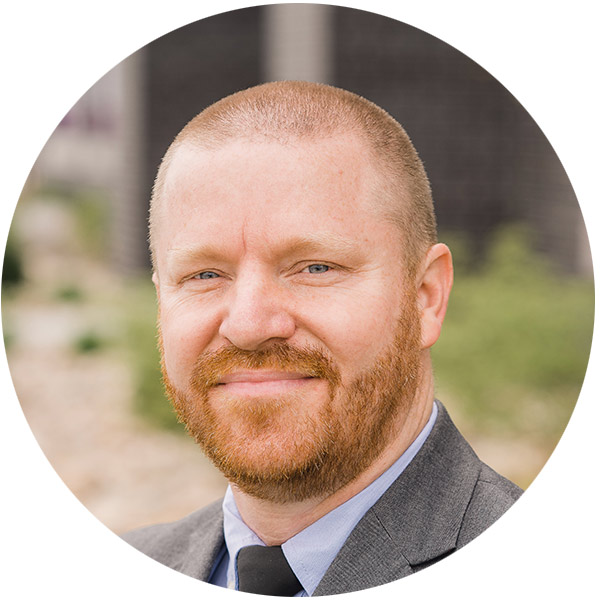Utah cities and counties have the authority to propose a 0.10% sales tax increase on certain goods, provided that voters approve it. The revenue generated from these tax increases is earmarked for zoos, arts, and parks. These sales taxes are commonly referred to by acronyms such as ZAP (Zoo, Arts, and Parks) or RAP (Recreation, Arts, and Parks), with the specific term varying by municipality.
While the acronyms differ, the process and outcome remain the same. Local governments place the tax proposal on ballots, and if voters approve it, sales taxes increase, and a designated fund is created. By state law, these taxes must be reapproved by voters every ten years, ensuring a measure of accountability and ongoing public consent.
This policy framework represents a significant experiment in grassroots democracy and fiscal responsibility. By tying these taxes to community approval, Utah empowers its residents to make decisions about how their local landscapes and cultural amenities are funded and maintained.
2024 RAP Tax Results
This year, ten Utah cities had some form of a RAP tax — either new proposals or renewals — on their ballots. Here’s how the voting played out:
New RAP Taxes
Three cities voted to impose a new RAP tax for the first time. All three measures passed:
- Clearfield: PARAT tax authorized, passing 58.49% to 41.51%.
- Saratoga Springs: RAP tax authorized, passing 58.07% to 41.93%.
- Mapleton: RAP tax authorized, passing narrowly 51.52% to 48.48%.
RAP Tax Renewals
Seven cities voted on whether to renew existing RAP taxes. All seven measures passed, often with significant margins:
- Salt Lake County: ZAP tax reauthorized, passing 78.96% to 21.04%.
- Farmington: RAP tax reauthorized, passing 77.46% to 22.54%.
- Price: ZAP tax reauthorized, passing 69.32% to 30.68%.
- Weber County: RAMP tax reauthorized, passing 66.62% to 33.38%.
- Bountiful: RAP tax reauthorized, passing 63.85% to 36.15%.
- Washington County: RAP tax reauthorized, passing 59.78% to 40.22%.
- Helper: ZAP tax reauthorized, passing narrowly 51.95% to 48.05%.
Key Insights
The data reveals a noteworthy trend: while new RAP taxes tend to pass by slim margins, renewals typically enjoy much broader support. For instance:
- Washington County’s RAP tax was narrowly approved in 2014 with a 51% to 49% margin. This year, its reauthorization passed more comfortably at 59.78% to 40.22%.
This pattern suggests that once a tax is implemented, it becomes a fixture of local budgeting, rarely facing serious opposition after the initial hurdle of voter approval. When people see tangible benefits from these taxes — improved parks, thriving cultural programs, and enhanced recreational facilities — their willingness to reinvest grows.
However, there are exceptions. This year, voters in Uintah County repealed a 0.3% local option sales tax for public safety, with 69.68% voting to eliminate it. This rare case underscores that while entrenched taxes are difficult to remove, they are not invincible when public sentiment shifts.
The Broader Impact on Communities
Beyond the immediate financial implications, RAP taxes play a critical role in shaping the identity of Utah’s cities and counties. These funds often enable smaller communities to undertake ambitious projects that would otherwise be out of reach. For example, RAP revenues have supported everything from public art installations to expanded trail systems, creating spaces that foster social connection and enhance quality of life.
Moreover, RAP taxes contribute to equity in access to cultural and recreational opportunities. In many cases, they fund programs that are free or low-cost, ensuring that residents across socioeconomic divides can enjoy the benefits of local arts, parks, and zoos. This communal investment not only enriches lives but also strengthens the social fabric of these areas.
However, this system isn’t without its challenges. As cities grow and evolve, there’s a risk that RAP-funded projects might prioritize large-scale, high-profile initiatives over smaller, community-driven needs. Ensuring that these funds are distributed equitably and transparently is crucial to maintaining public trust.
A Call to Action for Voters
RAP taxes are a reminder of the power voters wield in shaping their local landscapes. Unlike many tax policies decided solely by elected officials, these measures require direct public input, offering a rare opportunity for communities to decide their own priorities.
For voters, this means staying informed about what’s on the ballot and how these taxes are being used. Are they funding projects that align with the community’s needs and values? Are they providing clear benefits that justify their cost? These are the questions voters must ask when casting their ballots.
For local governments, the challenge is to demonstrate that RAP funds are being used effectively and responsibly. Transparency and community engagement are essential to ensuring these taxes continue to receive public support.
In the end, RAP taxes reflect a broader principle: that local democracy works best when citizens are empowered to make decisions that directly impact their lives. By paying attention to these proposals — and voting on them — we can help shape communities that are not only functional but also vibrant, inclusive, and inspiring.








